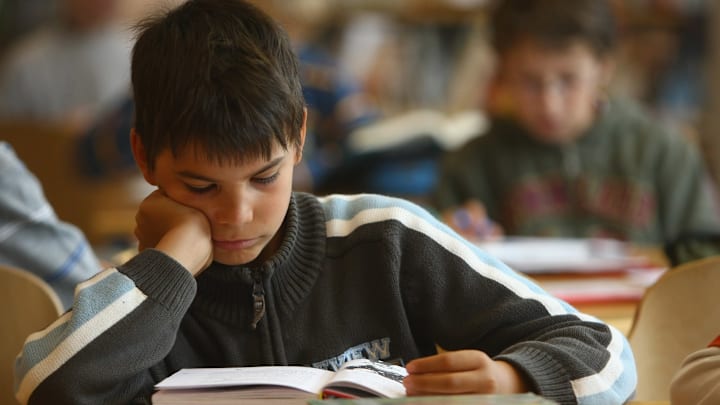Reading Together: The Small Habit That Shapes Lifelong Learners

There’s something timeless about curling up with your child and getting lost in a good book. The way their eyes light up during a suspenseful page, or how they giggle at a silly character’s misadventures—it’s pure magic. But beyond those cozy moments, reading together is laying the groundwork for something bigger: a love of learning that can last a lifetime.
Reading aloud is one of the most impactful ways to support your child’s development. From the earliest baby board books to complex chapter stories, books introduce vocabulary, stimulate imagination, and teach kids how to follow a narrative. But what’s often overlooked is how much it fosters emotional development too.
Stories are a safe space for kids to explore big feelings and unfamiliar experiences. A character facing their first day of school, for example, can help a nervous child feel seen. A tale about friendship struggles or getting lost in the woods opens the door for important conversations. In this way, books become bridges to empathy—and talking about those stories deepens your connection as a family.
So, how do you build a reading habit when life is already so full? Start small and stay consistent. You don’t need to read for an hour each night. Even ten minutes before bed or a picture book over breakfast adds up. The key is to make it a ritual, a rhythm your child can count on.
Choose books that align with their interests. If they’re into dinosaurs, fill the shelves with roaring, stomping stories. If they love fantasy, dive into magical lands. Let them pick out books from the library or bookstore. That sense of ownership makes a big difference.
And don’t stop reading together just because your child can read on their own. Shared reading during the elementary years—and even into the tween stage—keeps the conversation going. Try alternating pages, reading in silly voices, or pausing to predict what’ll happen next.
Another tip? Keep books visible and accessible. A cozy book basket in the living room, a shelf by the bed, even a few waterproof books in the bathroom (trust me, they’ll read them). The more books are part of everyday life, the more natural the habit becomes.
Reading also offers a calm counterbalance to screen time. It teaches focus, patience, and the joy of slowing down. And when the world outside feels noisy or overwhelming, a good story can feel like a soft place to land—for both you and your child.
At the end of the day, reading isn’t just about learning letters or sounding out words. It’s about sparking curiosity, expanding minds, and building a bond that often becomes one of the most cherished parts of childhood. One book at a time.